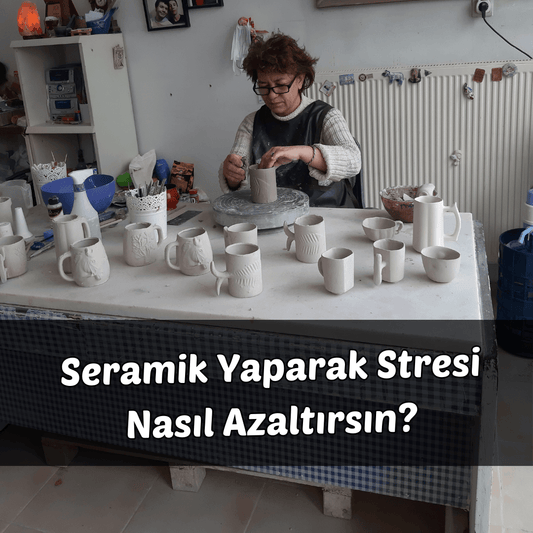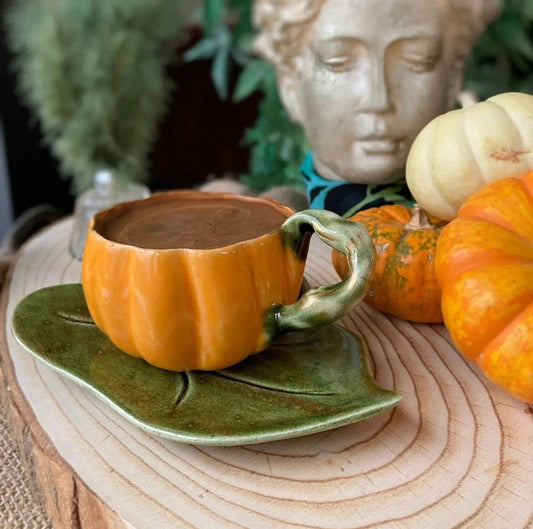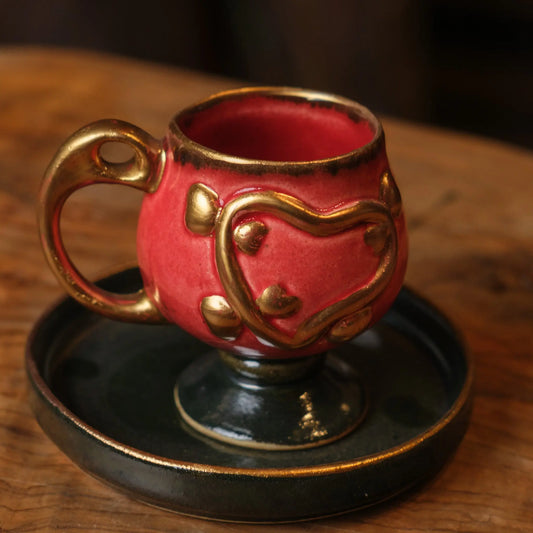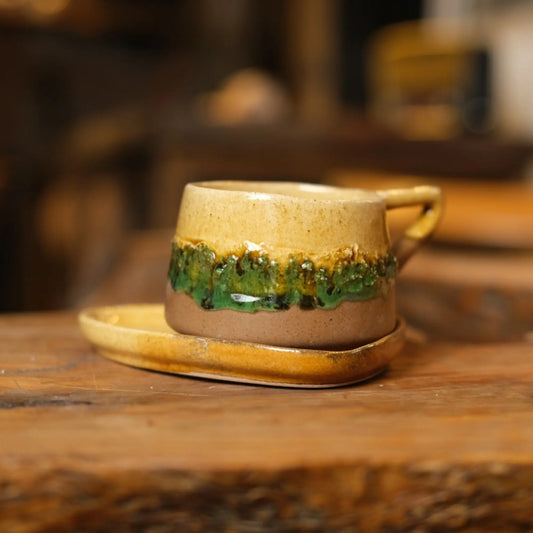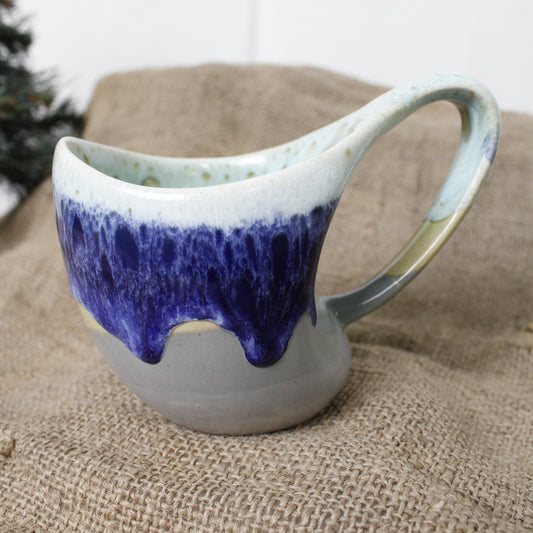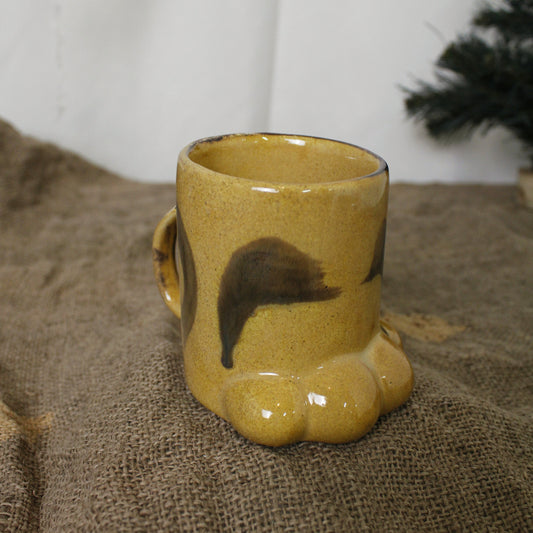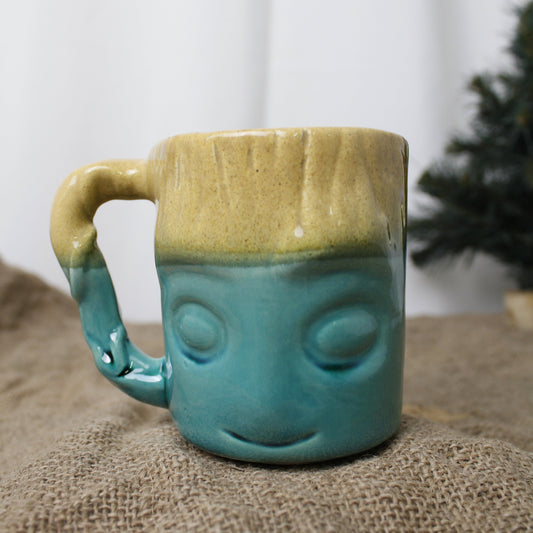What is Ceramic and What are the Types of Ceramic?

Ceramics is not just a craft for me, it is a way of life. As a graduate of Anatolian Fine Arts Ceramics Department, I have been practicing this art for years and I experience the excitement of rediscovering it every day. Ceramics is a magical dance of soil, water and fire. These works that I shape with my own hands, each unique, reflect both my soul and my life.
What is Ceramics?
Ceramics are one of the purest materials that nature offers us. In short, it is a solid material obtained by firing clay at high temperatures. However, this simple definition cannot fully describe the depth and richness behind ceramics. Ceramics have a history of thousands of years and have been used for both functional and artistic purposes throughout history.
The clay used in the production of ceramics is a natural component of the earth's crust. When this clay is kneaded with water, it becomes malleable and offers the artist endless design possibilities. This is where manual labor comes into play. Handmade ceramics are not only a material, but also a work of art. Because each piece is a unique work created by the hands of its master.
To go to the blog about Ceramic History
Ceramic Types
Ceramic products are divided into different categories according to the type of clay used, the firing temperature and the type of glaze used. Each of these types has different properties and areas of use:
1. Porcelain:Porcelain is one of the finest and highest quality types of ceramics. Porcelain, which usually has a white and translucent structure, is fired at high temperatures (1200°C - 1400°C). Porcelain products are known for being both durable and aesthetically elegant. It is often preferred especially in dinnerware and decorative objects.

2. Stoneware:
Stoneware is a thicker, more durable type of ceramic fired at moderate temperatures (1100°C - 1300°C). It has an opaque structure, is impermeable to water, and generally has a more rustic appearance. Ceramic plates, cups, and pots made for everyday use fall into this category.
3. Earthenware:
Earthenware is a type of ceramic fired at lower temperatures (1000°C - 1150°C) and is porous and often coated with colored glazes. It is historically one of the oldest types of ceramics and is often used for decorative items, flower pots and some kitchenware.
4. Terracotta:
Terracotta is a type of ceramic usually made using a reddish clay, which takes on a specific color during firing. This type of ceramic is usually left unglazed due to its porous structure, giving it a more rustic look. Garden pots, sculptures and decorative objects are made with terracotta.
5. Raku:
Raku, a type of ceramic of Japanese origin, is usually fired quickly at low temperatures and then subjected to a rapid cooling process after removal from the kiln. This process creates unique cracks and color transitions in the ceramic. Raku is used especially in decorative art works.

6. Tile:
Tiles are a type of ceramic generally used for decorative purposes. Tiles, decorated with various painting techniques on porcelain or earthenware, are used in wall panels, plates and other decorative objects. Especially during the Ottoman Empire, Iznik and Kutahya tiles became a major art form.

The Art and Science of Ceramics
Ceramics is both a scientific and artistic discipline. Shaping, firing and glazing clay is a combination of both physical and chemical processes. However, these processes also reveal the creative talents and imagination of an artist. Ceramic products are not only in our daily lives, but also part of our cultural and artistic heritage.
Each ceramic piece I produce at Gülsüm Art House is a reflection of this deep and rich tradition. Each piece is hand-shaped and made with great care. It is not just a ceramic product, but also a work of art, carrying a story and an emotion. For those who have not met ceramics, I recommend you to step into this magical world.
With love,
Gulsum



